Classics, Plastic, and Boats that Endure…
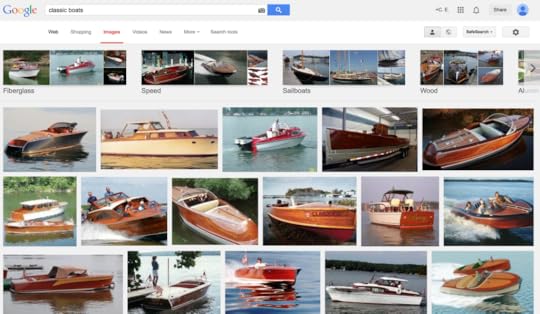
So. Much. Varnish.
C.E. Grundler
The other night, my other half and I ventured onto the interwebs in an exhaustive Google search for exhaust configuration inspiration. Annabel Lee’s heavy old cast iron arrangement left something to be desired, and as the engine room comes together, there’s plenty of literal and figurative room for improvement. So we’ve been online, intently studying engine rooms aboard other old diesels, searching the specs by ‘image’ results.
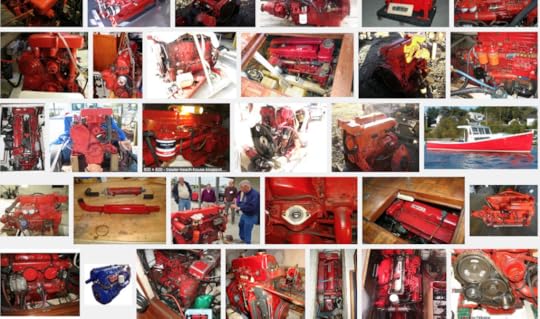
Hey! I can see my engine from here!
I’m continuously amazed by the images that do come up. Search ‘Lehman Diesel’ and the page fills with thumbnails of little red engines. And I’ve discovered that like a mama penguin returning to the nesting grounds, I can spot the pictures of my baby, or even just a small portion of my baby, amidst the mob of seemingly identical machinery. In these searches I’ve seen engine rooms that make me cringe and engine rooms that make me drool, along with the boats housing them. Some of the most beautiful boats are the oldest, and the love and care they’ve recieved is apparent.
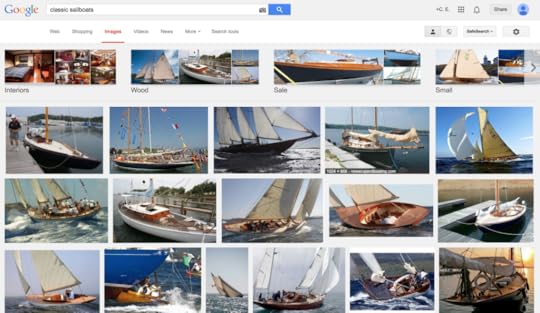
Around here, we call this surfing the ‘Boat Porn.’
Like everything else, the more boats age, the more care and consideration they require, which is why I can’t help but admire well-maintained or restored boats in their golden years. A late friend and original owner of a lovely Pacemaker sedan often told me that most of the old boats we see around were never meant to last as long as they have. A decade or two, he said, before the dominos start falling and you spend more time on upkeep than use. Not all boats, but many of the ‘production’ wooden boats of their day, built as quickly and economically as possible. What we see as classics were simply the everyday boats of their day. And it’s true the ones that remain are the exceptions, but they have survived, either by virtue of superb craftsmanship and/or diligent maintenance by owners who went above and beyond through the decades.
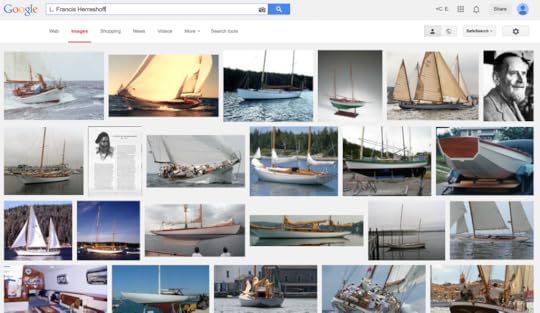
No snot here. Just a whole lot of maintenance. But it’s pretty to look at, and has stood the test of time.
L. Francis Herreshoff compared fiberglass to “frozen snot,” and I’d have to agree, but as Don Casey pointed out, while wooden boats regularly die early deaths of natural causes, fiberglass boats must be assassinated. Fiberglass grew in popularity as a building material during the sixties to become the standard through the seventies, though boats built of resin and glass date back into the early forties. What defines a ‘classic’ boat is no longer limited to wood alone. Many antique groups and associations now include funky fifties fiberglastics, as they’re known, early glass Hinckleys, Bertrams, and countless others. Several vintage boat groups I’ve seen drew the line between antique and classic boats and modern, contemporary boats somewhere around 1976. One more year and Annabel Lee will qualify for ‘classic’ status!
This is not to say that all fiberglass boats will stand the test of time, a fact that is evident around the fringes of any dirt-road boatyard. The hull may endure, but everything within it is subject to the ravages of time. Anyone following my progress aboard Annabel Lee should know that by now. And we all know not all fiberglass boats are built alike, and in the years to come, I’m willing to venture many seventies boats will outlast ones built today. (Certainly on styling as well.)

Oops! These are not boats. But the confusion is understandable if you’re searching by image.
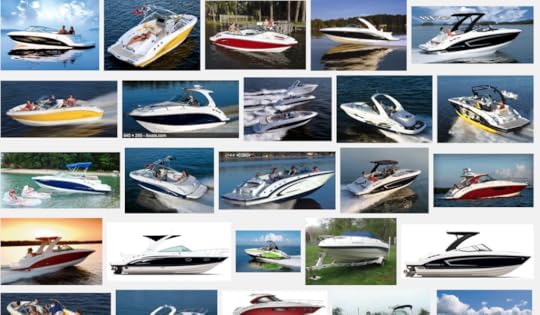
Can you envision these boats (note the styling cues) at the fifty and hundred year mark?
No one truly knows how long fiberglass will last. There are wooden boats two centuries old and still going strong. They’ve outlasted generations of sailors who all played a part in their collective histories. It’s conceivable to imagine a boat show fifty years from now with graceful plastic sloops, sporty runabouts and sportfishers… and maybe even an ancient trawler or two.
On my end of the boatyard, word seems to be spreading that Annabel Lee might actually be afloat in the still undetermined (I’m not committing to anything at this point) but approaching future. I’ll be honest, there were many times even I had my doubts, so I can’t blame innocent bystanders for their skepticism. But these days her condition is no longer frightening unwary boat owners who unsuspectingly wander into the shed; in fact I’ve had an increasing number of friendly interruptions by curious onlookers, fascinated by the transformation taking place. And as I head out for another day of boat work, I do it with a mind towards the future…and the past.
Share on Facebook



